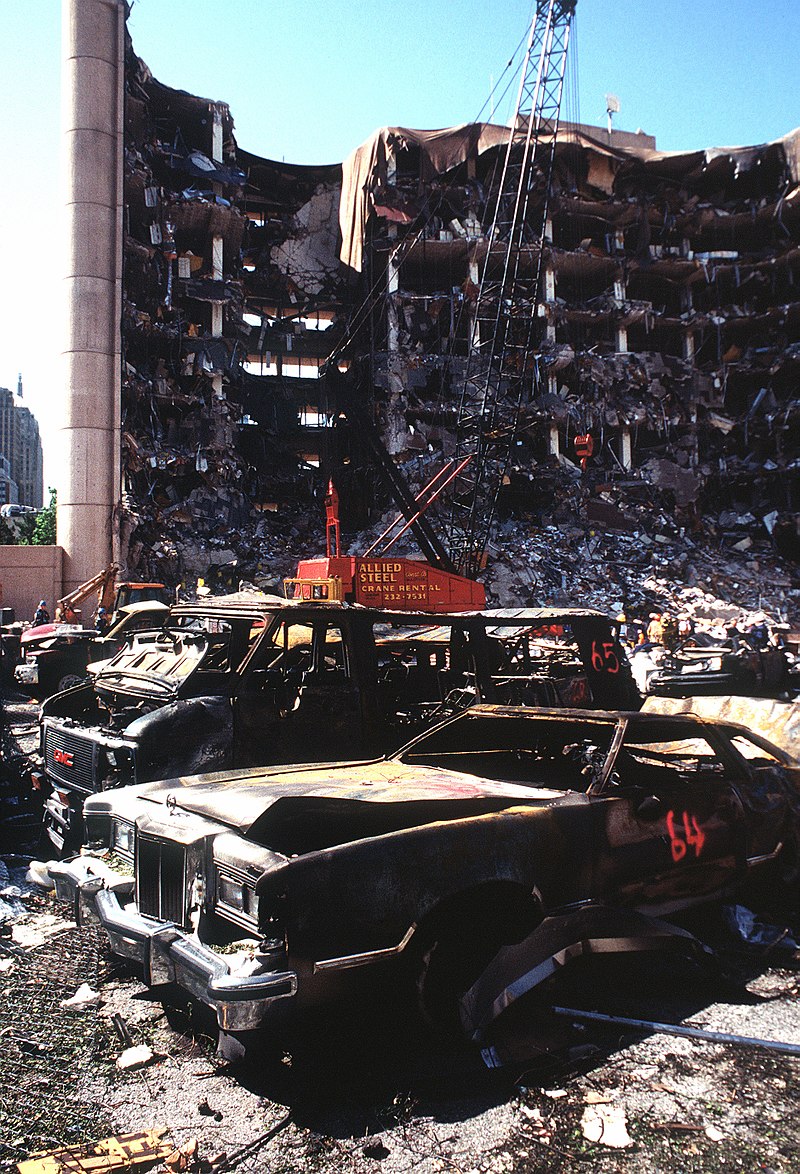
Endeavoring to stay one level above Wikipedia as a source for reference material, I found on Twitter that someone has posted a document that might be part of the explanation for the massive explosion that rocked the port area of Beirut earlier today.
Here are some of the better videos of the explosion.
The photographer who trying to document this video he died #BeirutBlast #Beirut pic.twitter.com/UX6CIi583r
— Majd khalaf (@majdkhalaf1993) August 4, 2020
#beirutexplosion#BeirutBlast#Lebanon #BeirutExplosion
Water view of Massive Explosion In Beirut, Lebanon Injuring Thousands #BeirutExplosion #Lebanon pic.twitter.com/lrktrlo7xG— SANTOSH💞💥 (@santoshkr_08) August 4, 2020
This is a video that I received from another angle – the person who shot it is OK.
Remember; many people usually jog/walk on the Beirut waterfront (close to the explosion).
Many people thought they just were documenting a big fire in the sea port. #Lebanon #beirutblast pic.twitter.com/CpuUgKAvLV
— Luna Safwan – لونا صفوان (@LunaSafwan) August 4, 2020
A Twitter user under the name Hachem Yassime posed the following Tweet:
Sep 13: a vessel with 2,750 tons of Ammonium Nitrate entered the Beirut port.
Oct 15: "the port authorities discharged the cargo onto the port’s warehouses. The vessel and cargo remain to date in port awaiting auctioning and/or proper disposal." pic.twitter.com/TNLeRvMkXP
— Hachem Yassine (@HachemYassin) August 4, 2020
The image attached to the Tweet is a bit hard to read, so I have copied just the image itself.
As explained in the “notice” or story — seemingly from a Beirut law firm involved in the matter — the events started in Beirut maritime circles in 2013. Yes, that’s seven years ago, but there are many reasons — most of which involve some form of the word “Boom” in the description — for why this circumstance might have persisted for such a length of time.
As set forth in the document, on September 23, 2013, the merchant vessel (“m/v”) “Rhosus”, flying a Moldovian flag, departed Batumi Port, Georgia Republic, headed for Biera, Mozambique, with a cargo of 2750 tons of ammonium nitrate.
Batumi is a coastal city on the Black Sea, and the Rhosus would have made its way to Mozambique by passing through the Bosporus Straight in Istanbul, Turkey, and into the Mediterranean Sea.
The report states that while in transit the Rhosus experienced technical problems and was forced to divert to the port in Beirut. Upon inspection by Port State Control in Beirut, the vessel was declared unseaworthy and forbidden from departing.
All of the crew except for the Captain and four crewmen were repatriated to their home country. Thereafter the ship was abandoned by its owners, charterers, and owners of the cargo. Basically, anyone connected to the ownership of the vessel or the cargo it carried walked away and left the ship stranded in Beirut. Not long thereafter the ship ran out of fuel and provisions for the five men still on board. The ship and its cargo were seized by creditors, but all efforts to obtain payment from the owners of the ship or cargo failed. Eventually, the Captain and four remaining crew were released from the ship and sent back to their home country.
The next sentence is a biggie:
Owing to the risks associated with retaining the Ammonium Nitrate on board the vessel, the port authorities discharged the cargo onto the port’s warehouses.
AUTHOR’S NOTE: I’m back in this story 24 hours or so after I posted it to make some corrections. I pulled out my “Multiplication for Dummies” reference book, and went through the section on “Calculator Use” to see if I had made an error in doing the math in my head. Fortunately, few critical decisions in my life have ever depended on my ability to quickly multiply something by a factor of 2, so the error rate that I work under has not done lasting damage in the past.
But by going to the dark web and accessing the “Calculator” function that is there on all smart phones if you know where to look, I was able to determine the following:
The abandoned Ammonium Nitrate in Beirut was 2750 tons, not 2500 tons.
2750 tons x 2000 pounds per ton DOES NOT equal 55,000 pounds. Instead it equals 5.5 million pounds (damn zeros).
5.5 million lbs is 100x larger than 55,000 lbs.
5.5 million lbs = 2.5 million kgs, or 2.5 kilotons.
By comparison, the Ammonium Nitrate bomb assembled by Timothy McVeigh weighed 2200 kgs.
2.5 million kgs in Beirut v. 2200 kgs in Oklahoma City.
So the Beirut blast was approximately 1100x stronger than the Oklahoma City blast.
Again, this story is almost 7 years old, and I have found no information about some other disposition of the 2500 tons of Ammonium Nitrate that was on board the Rhosus when it pulled into Beirut port.
So how much is 2500 tons of Ammonium Nitrate, and how does it relate to the nature of the explosion witnessed?
Well, the US Air Force has a conventional munition known by the acronym “MOAB”– which does not stand for “Mother Of All Bombs” — it is a “Massive Ordinance Air Blast” ordinance.
The MOAB is made from approximately 8500 kg of “H6”, which is itself made of RDX, a WWII-era “plastic explosive.” MOAB is a 22,600-pound bomb with a blast yield equivalent to 11 tons of TNT.
The Ammonium Nitrate being stored in a Beirut warehouse consisted of 2750 tons — 55,000 pounds or approximately 25,000 kgs.
By comparison, the Ammonium Nitrate bomb built by Timonthy McVeigh that destroyed the Murrah Federal Building in Oklahoma City consisted of only 2200 kgs of Ammonium Nitrate. That means the Beirut explosion was roughly the equivalent of a bomb 12 times larger than the one that did this:

Ammonium nitrate is unstable and explodes violently if it comes into contact with an open flame or another ignition source. The explosive force occurs when solid ammonium nitrate decomposes very rapidly into two gases, nitrous oxide and water vapor. The second massive explosion in Beirut sure looks like a huge ball of water vapor expanding up and away from the point of ignition.
This story is now being reported by the Washington Post here.















Join the conversation as a VIP Member